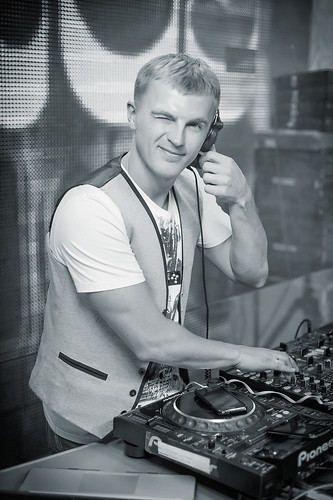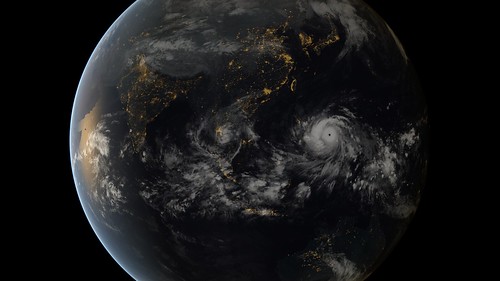I have come to terms with the fact that I write terrible book reviews. Instead of a review, I present an interview with J, author of Missionary, Mercenary, Mystic, Misfit. In case you haven’t heard of it, Missionary, Mercenary, Mystic, Misfit is a novel about aid. Written by the most famous anonymous aid worker – J – about aid workers, it’s the follow up to his first novel, Disastrous Passion.
What made you write this book? Is it to blame for the end of your blog?
The second part is easy: “No.” #MMMM is not to blame for the demise of Tales From the Hood. In fact, having stopped blogging is probably to blame more than anything else for my recent forays into what I like to call “humanitarian fiction” (#humfiction) As for what made me write the book… A confluence of things, really. For one, I’m kind of done with blogging. It was fun. It provided me with a space to try out a few things writing-wise, as well as work on some of my own issues with the aid world.
But now I’m in a different space, and rather than rant into the blogosphere on topic du jour, I’m trying to make some larger, more substantial points about aid, relief, and development. I know fans and haters of Tales From the Hood will be either dismayed or gloating when I say that most of the issues I ranted about were and are very nuanced. There’s very little black & white when it comes to relief and development—it’s all shades of gray. It may be hard to believe, but I got tired of taking one position on [pick your issue]. And even more tired of being forever associated, as I very clearly came to be, with one and only one perspective on [pick your issue]. Fiction—telling a story with a plot and the ability to develop points of view and themes and subplots—seemed like a good way to get at and portray some of that contextuality and nuance. I also feel strongly that the story of humanitarian workers is not told very well, and further, that it needs to be told.
The aid industry itself focuses most of its formal narrative energy on “beneficiaries”, “the poor”, and of course they’re a very central part of the narrative. Sadly, though, humanitarian workers are left with Angelina Jolie, the sub-plot of a few bad episodes of “ER”, and books by amateurs to tell the story of what it takes and what it’s like to be a professional humanitarian. And so, Missionary, Mercenary, Mystic, Misfit is very much a story about humanitarian workers. Yes, of course, this should all be about “the poor”, but humanitarian workers are part of the formula, too. We have to understand them, too. I wrote the book as one small step in the direction of hopefully advancing that understanding.
Which character is secretly you? My own pet theory is that they’re all you at different times of your life.
After I published Disastrous Passion, I got deluged with accusations from people who thought that I was writing about them, or that I’d lampooned their real lives. Comments on the old blog, and even reviews of this book, in some cases, have included the (I assume) facetious insinuations that I’d somehow taken a peek at someone’s diary. Even as recently as last week I heard of someone, probably in Haiti during the early months, who’s convinced I’m making fun of them. Whether it’s positive or negative, many seem to want to see themselves in Disastrous Passion! (Note to readers everywhere. Trust me: you’re not in Disastrous Passion.)
By contrast, the most common insinuation about Missionary, Mercenary, Mystic, Misfit, is that I have written myself in as one of the characters! You’re closer to the truth than anyone, Alanna. The old adage that “we write what we know” surely applies in this case. I couldn’t have written any of the characters the way I did without having experienced the world of humanitarian aid the way I have. And so, in that sense, yes: they’re all a bit of me. And like Disastrous Passion, caveats about the overall story being fiction, etc., very little in Missionary, Mercenary, Mystic, Misfit is total fabrication. The story of the little refugee girl, for example, has happened in real life (it’s a composite of two real events in my own career). That said, I’m sorry to disappoint, but I’m not in the story. Nope. Honest. Missionary, Mercenary, Mystic, Misfit is neither autobiographical nor confessional. Readers who think they know me in real life should not make the mistake of believing that this story is about me.
I was a little thrown off by the tone of the book. Is it meant to be satire, or not?
Good question. No. Missionary, Mercenary, Mystic, Misfit is dead serious. (Sorry, fans of the snarky, dark humor in Disastrous Passion. My next novel will be funnier!)
If people like MMMM, what other books should they read?
Well, how about this – the books I was channeling as I wrote Missionary, Mercenary, Mystic, Misfit:
The Poisonwood Bible by Barbara Kingsolver
Even Cowgirls Get the Blues by Tom Robbins
True At First Light by Ernest Hemingway
Can you cite a scene or two that was based on your real life?
Sure. I mentioned the encounter (it’s more than one scene) with the little refugee girl. That one mainly comes from an experience in Cambodia where I walked away from an obviously dying child (blogged about for real, here). That scene haunts me to this day. The other half of that particular sub-plot comes from an experience in Sudan when I attended the 45-day celebration of a colleague’s new baby. If the child lives to 45 days, the family has a party, gives her/ him a name. A week after the celebration the baby was dead. Not quite as stark for me as that day in Cambodia, but those things do tend to stick with you (or at least they do with me).
And then, the final conversation between Mary-Anne and Tekflu is also based on a real life experience. I once found myself the supervisor of a local person, who years before had been my boss. I had to make a series of escalating decisions that she didn’t like. Although I never fired her (she left on own), in the end there was a pretty harsh confrontation during which she pointed out in quite scathing terms my limitations and biases as a foreigner, even though they weren’t particularly material to the issues that I had with her as a staff member. It was definitely another one of those formative moments in my life career.







